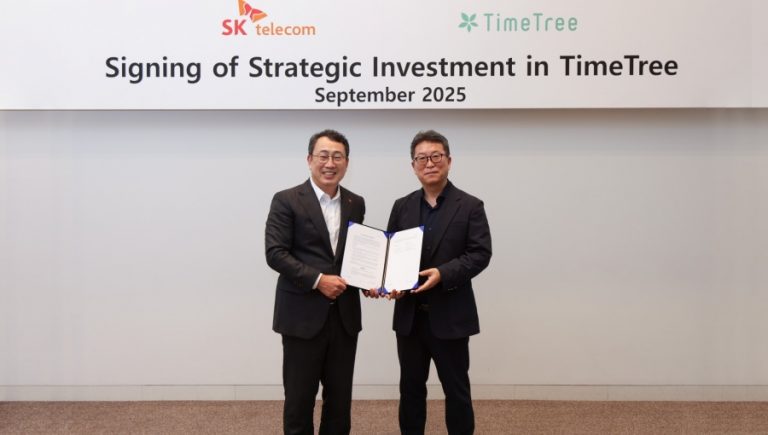
The company unveils prototype of ‘Next-Generation Single Photon LiDAR’, a high-performance LiDAR it developed with Pioneer Smart Sensing Innovations Corporation at CES 2020
Applied with SK Telecom’s single photon LiDAR transceiver technologies, Next-Generation Single Photon LiDAR ensures improved safety against various types of accidents/incidents and can be applied to diverse areas, ranging from autonomous driving to disaster prevention and perimeter/facilities surveillance.
SK Telecom (NYSE:SKM) today announced that it introduced prototype of ‘Next-Generation Single Photon LiDAR,’ a high-performance LiDAR jointly developed by SK Telecom and Pioneer Smart Sensing Innovations Corporation (PSSIPSSI, established in October 2019 as a wholly-owned subsidiary of Pioneer Corporation, is focusing on autonomous driving-related business.
), at CES 2020 being held in Las Vegas from January 7 to 10.
SK Telcom and PSSI entered into a joint development agreement in September 2019 to develop a next-generation single photon LiDAR and have been actively working together since to commercialize the new LiDAR by 2021.
LiDAR, an acronym of Light Detection and Ranging, is a remote sensing technology that uses the pulse from a laser to collect measurements which can then be used to create 3D models. LiDAR is being highlighted as a technology that will play the role as eyes of autonomous vehicles.
The prototype of Next-Generation Single Photon LiDAR being displayed at CES 2020 is built with SK Telecom’s innovated single photon LiDAR transceiver (transmitter/receiver) technologies and PSSI’s 2D Micro-Electro Mechanical System (MEMS) mirror-based scanning method.
SK Telecom’s single photon LiDAR transceiver technologies consist of 1550 nm wavelength laser, Single Photon Avalanche Diode (SPAD) and Time-Correlated Single Photon Counting (TCSPC).
1550 nm wavelength laser, which fires pulses much stronger than 905 nm wavelength laser, enables extended detection of objects at a distance of up to 500 meters.
Moreover, instead of applying Linear-mode Avalanche PhotoDiode (APD), SK Telecom uses SPAD to ensure higher sensitivity to light. With SPAD, Next-Generation Single Photon LiDAR can accurately detect low-reflectivity objects like tires or pedestrians dressed in black.
To complement the weakness of existing LiDARs that shows low performance in adverse weather conditions – i.e. misidentifying snow, rain and smoke as targets, – the company applied TCSPC, which can tell the difference between dispersed (e.g. rain, smoke, etc.) and fixed (e.g. vehicles. etc.) objects, to significantly enhance the safety of drivers in heavy rain or snow.
Furthermore, built with 2D MEMS mirror scanning method, Next-Generation Single Photon LiDAR can clearly identify objects by offering higher resolution than the existing motor-based scanning.
The high-performance Next-Generation Single Photon LiDAR can be utilized not only in mobility areas like autonomous driving, but also in diverse industrial areas including disaster prevention and border/facilities surveillance.
“SK Telecom will continue to develop competitive technologies and products not only in the area of autonomous driving but also in diverse industries, and provide services that meet the needs of customers,” said Lee Jong-min, Vice President and Head of Tech Innovation Group of SK Telecom.













